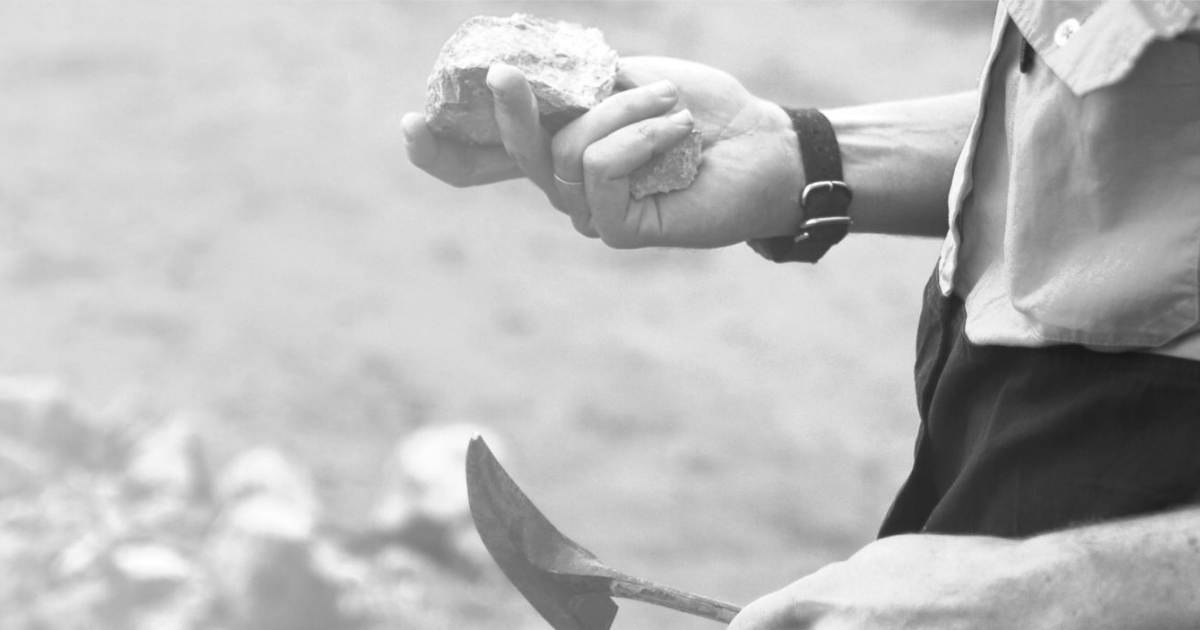
Arafura Rare Earths Limited has chosen a greenhouse gas emissions reduction pathway for its mining project in the Northern Territory.
The Nolans Project site is 135 kilometres north of Alice Springs. It will include a mine, processing facilities and related infrastructure, and is considered a globally significant “NdPr” project.
What is NdPr?
The Nolans Project site boasts fifteen rare earth elements, but is particularly rich in two of the world’s most sought after – Neodymium (Nd) and Praseodymium (Pr). Among other applications, these are used in the manufacturing of magnets for electric vehicle motors and wind turbines. NdPr will likely account for about 80 per cent of the revenue from Nolans.
As EV uptake increases, so will demand for NdPr – electric vehicles alone are projected to represent 40% of total demand.
Solar, Wind, Batteries, CST And TES
The Nolans project is expected to produce 4,440 tonnes per annum of NdPr oxide and 470 tonnes per annum of a mixed middle-heavy rare earth (SEG/HRE) oxide.
This stuff won’t magically pull itself out of the ground, nor process itself and there will be a lot of energy consumed in doing so. Electricity and thermal power ( steam generation) together will account for approximately 85% of the Project’s forecast emissions.
“We recognise we will need to address a range of challenges in decarbonising rare earth processing, which is, by its nature, an energy intensive process,” said Arafura Rare Earth’s Managing Director, Gavin Lockyer. “Nonetheless, the Arafura team is committed to implementing a practical, cost-efficient pathway to net zero.”
In August last year, Arafura committed to net-zero emissions for the Nolans project by 2050. Five different potential pathways for reducing emissions have been evaluated for the project’s stationary power and steam generation needs. The chosen pathway consists of:
- Electricity generation using solar panels and wind power with battery storage; with a target of 50% of project power by 2030 and then further expansion.
- Concentrated solar thermal (CST) generation, with thermal energy storage (TES) for steam generation commencing in 2030. A demonstration- scale CST/TES system is planned for prior to 2030.
- Transition to renewable fuels for firming power, commencing in 2040.
According to the company, compared to using gas as a fuel:
“Analysis demonstrates that the reduction pathway is likely to reduce total energy costs over the first 14-years of production and only result in a minor increase in costs over the life of mine.”
Among the next steps are analysis of wind resources at the site, completion of a study to determine the most appropriate mix of solar panels, wind turbines and batteries, integrating these elements into plant design and a study to determine the best renewable thermal energy generation and storage sources and technologies.
Mr. Lockyer notes the pathway chosen is not set in stone.
“We will keep a close watch on changes in the price, technology maturity and availability of relevant technologies, such as long-duration energy storage, and update the GHG emissions reduction pathway in future if it is appropriate to do so.” said Mr. Lockyer.
Rare earths mining and processing are a big opportunity for Australia. The Albanese Government recently released guidelines for a new grants program to support the development of Australia’s critical minerals (which include rare earths) sector.
On a related note, while the term applied to these elements indicates scarcity, the good news is rare earth elements aren’t really rare and there are enough critical minerals for a solar and battery powered future.

 RSS - Posts
RSS - Posts



Speak Your Mind